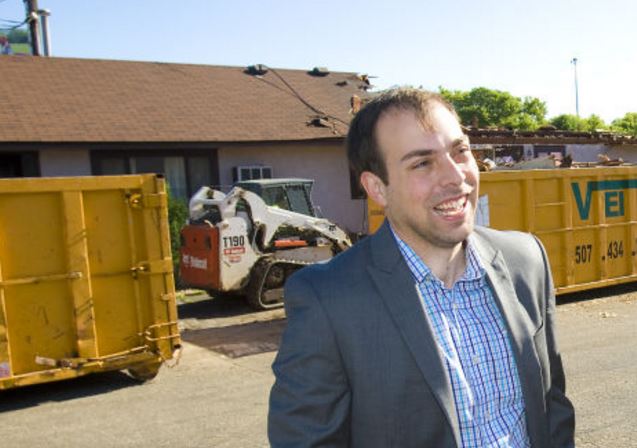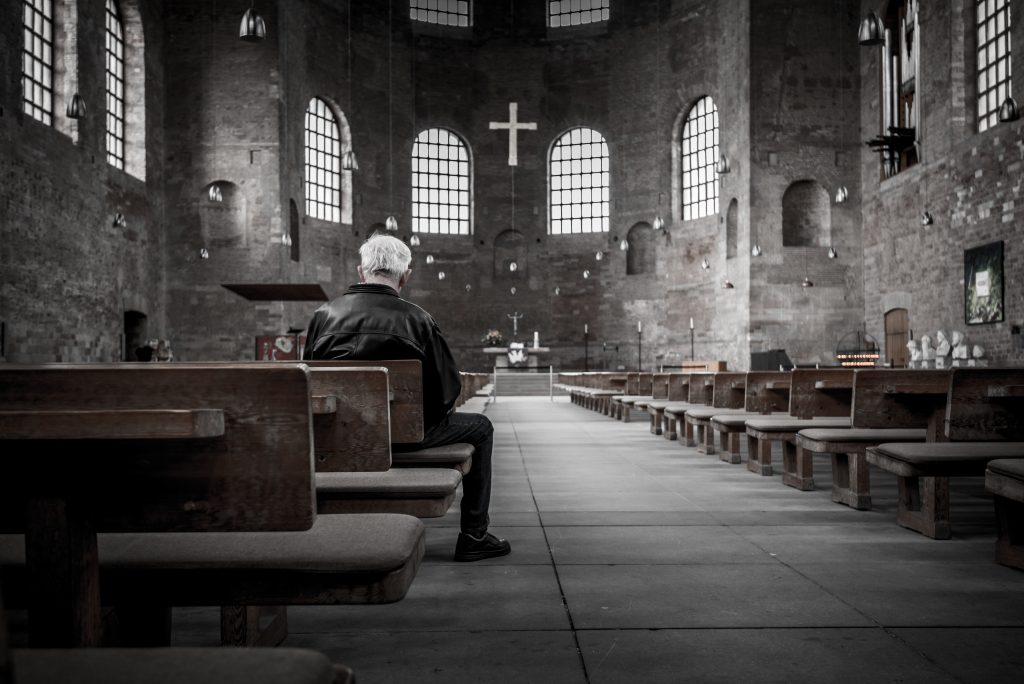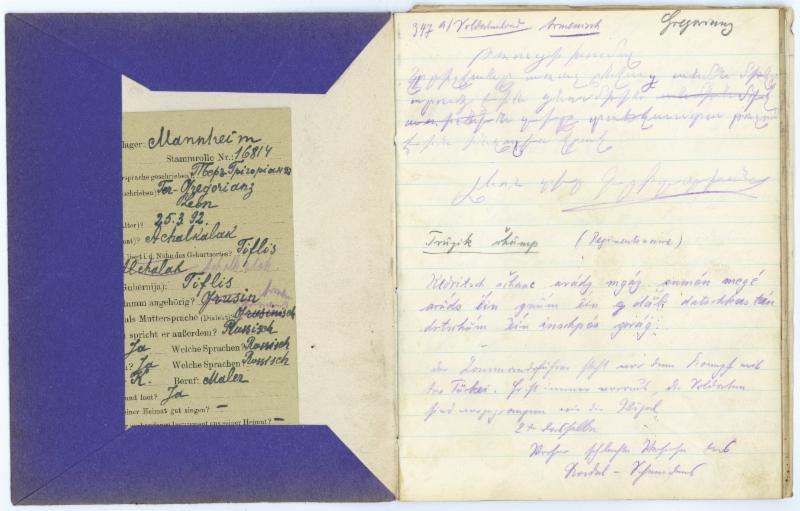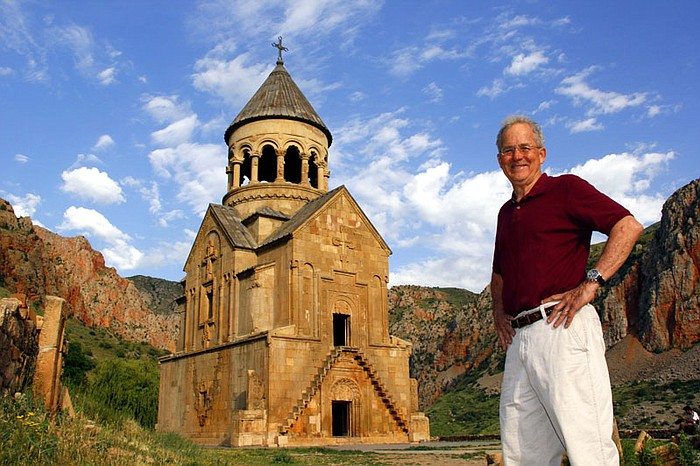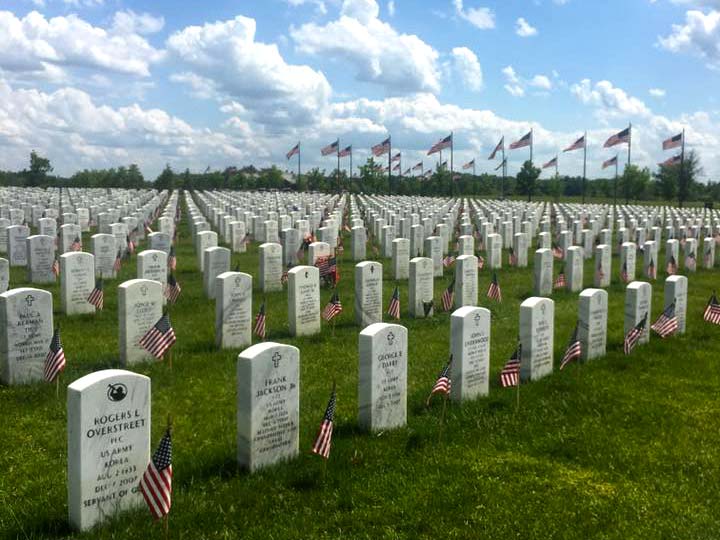The Armenian Congregational Church of Greater Detroit has long established itself as a very welcoming place to visit, be it for church services or as a guest at one of their well-planned social functions.
This tradition was perpetuated by Rev. Dr. Vahan H. Tootikian, Pastor Emeritus and Mrs. Rosette Tootikian, and continues with Pastor Shant Barsoumian.
Dinner guests were warmly welcomed by their annual Thanksgiving Dinner Banquet on Nov. 20.
The dining room was particularly eye appealing with elegantly set tables with white cloths, china, and crystal. Chairs too had been slipcovered in white with a fall colored sash tied on the back with a bow. Tables were centered with holiday themed centerpieces. Adding to this attractive ambiance was the wonderful fragrance of a flavorful meal filling the room. Who, after all, does not anticipate the culinary expertise of a well-prepared Thanksgiving dinner?
Two hundred guests were not disappointed. Mrs. Nancy Berschbach offered a brief welcome and the Rev. Shant Barsoumian offered the invocation appropriately thanking the Lord for the beautiful gift to be consumed on this special day of giving thanks, including in his words to the wise, “May we show gratitude in our words and actions, Paree Aghorjag.”
Mr. Rodney Keteyan, Board of Trustees chairman welcomed guests cordially, on their behalf. He was followed by the talented Mrs. April Tini singing “Bless This House,” appropriate for this special day when all of us take stock realizing how fortunate we are to be safely together in a church dining hall.
Dr. Taline Hagopian sang a favorite of Rev. Dr. Tootikian: “Hyegagan Yegeghetzi.” (The Armenian Church)
It was a young group of select acapella classic singers from West Bloomfield High School called “Laker Express” who were an entertainment hit. Their perfect blend of voices brought much applause and smile to the choir’s youthful faces.
The clergy gave the Benediction and the formal program concluded with everyone joining in “Hayr Mer.”
Dessert and coffee was an offering of an elaborate array of sweets and fruit. If you imagined it, it was there for the choosing on that long banquet table, of course including pumpkin pie—no sweet tooth was left wanting.
It takes much cooperative effort to accomplish any successful event such as this one, the kickoff holiday to the celebration of the birth of Lord Jesus Christ.
Sponsors were Mr. and Mrs. Michael and Tamar Kodian, and Mr. and Mrs. Mark and Ann Zartarian. The Sweet table was in loving memory of Dr. George Kodian by his wife, children, and grandchildren.
It was the Christmas Eve Candlelight Service that really sets the flavor for those who look forward to the service offered by the Armenian Congregational Church each Christmas Eve.
The candlelight service begins at 7:30 p.m. offering a respite from the hustle and bustle that precedes this welcome evening service.
The alter is banked with a multitude of poinsettias and wreaths. It sets the dignity deserving of the Lord’s holy birth – an organ prelude begins the call to worship and parishioners song “It Comes Upon the Midnight Clear.” Then Rev. Shant Barsoumian gave introductory remarks saying, “The people who walked in darkness have seen a great light.” The people responded, “They lived in a land of shadows, but now light is shining on them.”
Pastor Baroumian then lit the Christmas candle. Scripture readings were done by Marian Flanagan, Frances Garabedian, Ovsanna DerVartanian, Carole Basmasdjian, and Harry Berberian. Rev. Barsoumian delivered Christmas messages.
The sanctuary lights were lowered for the candle lighting ceremony. The pastor lit his candle from the central light of Christ, the Light of the world. He then passed the light to the ushers from whom the people took a candle, lit, and circled the church. The Benediction followed.
Mrs. Susan Harrison was the choir director and organist.
Services were followed by a light reception sponsored by the Board of Deacons.
